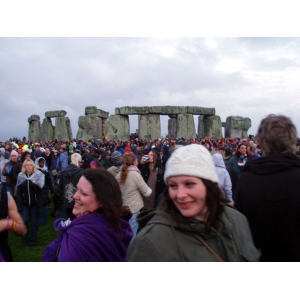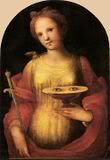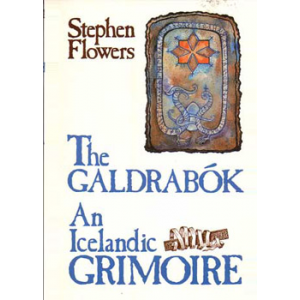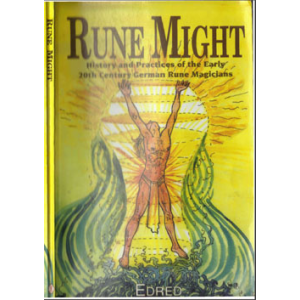
Book: Beowulf An Anglo Saxon Epic Poem by Lesslie Hall
The world that Beowulf depicts and the heroic code of honor that defines much of the story is a relic of pre–Anglo-Saxon culture. The story is set in Scandinavia, before the migration. Though it is a traditional story—part of a Germanic oral tradition—the poem as we have it is thought to be the work of a single poet. It was composed in England (not in Scandinavia) and is Historical in its perspective, recording the values and culture of a bygone era. Many of those values, including the heroic code, were still operative to some degree in when the poem was written. These values had evolved to some extent in the intervening centuries and were continuing to change. In the Scandinavian world of the story, tiny tribes of people rally around strong kings, who protect their people from danger—especially from confrontations with other tribes. The warrior culture that results from this early feudal arrangement is extremely important, both to the story and to our Understanding of Saxon civilization. Strong kings demand bravery and loyalty from their warriors, whom they repay with treasures won in war. Mead-halls such as Heorot in Beowulf were places where warriors would gather in the presence of their lord to drink, boast, tell stories, and receive gifts. Although these mead-halls offered sanctuary, the early Middle Ages were a dangerous time, and the paranoid sense of foreboding and doom that runs throughout Beowulf evidences the constant fear of invasion that plagued Scandinavian society.Free eBooks (Can Be Downloaded):
Swain Wodening - Anglo Saxon WitchcraftDaniel Haigh - The Anglo Saxon Sagas
John Yarker - The Anglo Saxon Chronicle
Lesslie Hall - Beowulf An Anglo Saxon Epic Poem












